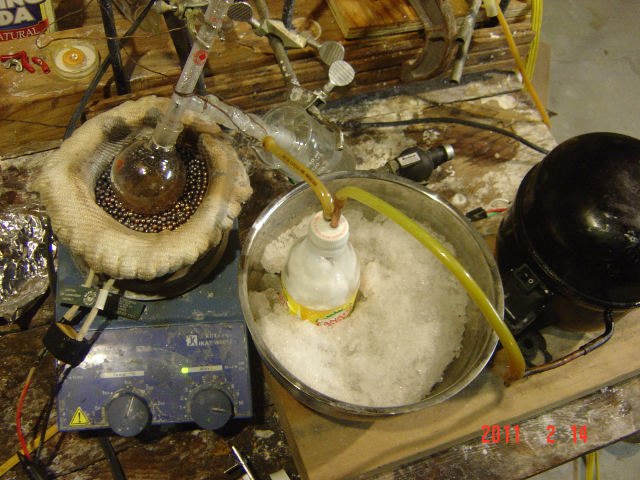I spent today jet washing someone's garden at 3,000 psi with a 13hp washer. Fun stuff!
The alumina used for blasting is produced by melting oxides, letting it cool, crushing it and then sieving. That method (the bulk fracturing of lumps)
means that the resulting grit has sharp edges to cut away at paint, barnacles, scale, gunk, etc.
There's an interesting video from one of the manufacturers showing the process, here.
Aluminium oxide dust, from grinding through refractory, is kind of soft feeling by comparison.
I remember going to a place that sold refractory when I was about 16, to get some bricks. The place looked like a Columbian coffee factory with guys
in air fed bunny suits walking around, surrounded by clouds of white dust. |
























